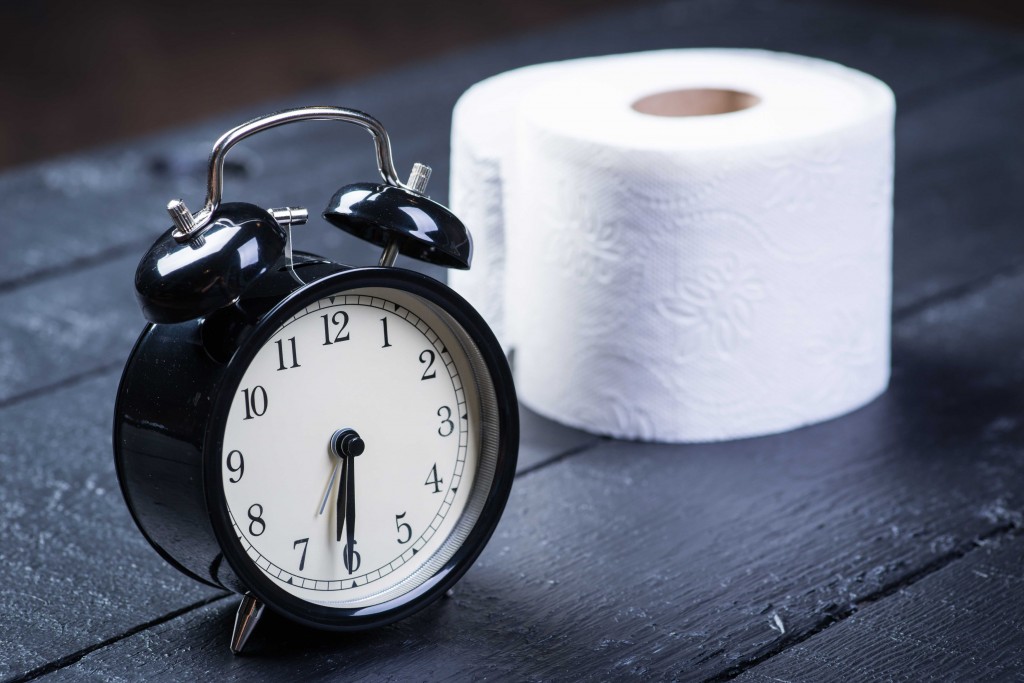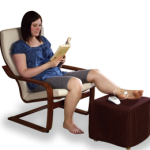
Overactive bladder (OAB) is a condition characterized by a sudden, uncomfortable need to urinate with or without urine leakage usually with daytime and nighttime urinary frequency.
OAB occurs when the smooth muscle of the bladder (the ‘detrusor’ muscle) squeezes or contracts more often than normal and at inappropriate times. Instead of staying relaxed while urine fills the bladder, the detrusor contracts while the bladder is filling with urine but is not yet full.
In most cases the cause of OAB is unknown (this is called ‘idiopathic OAB’). However, identifiable underlying causes can include: drug side effects, nerve damage or neurological disease (e.g., multiple sclerosis, Parkinson’s disease, etc.) or stroke. There are also conditions that are associated with urgency and frequency – including bladder cancer, urinary tract infections and benign prostatic hyperplasia (BPH) – that must be excluded during an examination.
Some experts believe that some individuals are predisposed to OAB. Circumstantial evidence suggests that individuals with depression, anxiety and attention deficit disorder may experience symptoms of OAB more often than the general population. Some investigators suggest that depression, anxiety, feeding disturbances, pain, irritable bowel syndrome, fibromyalgia and changes in urination are associated with disturbances in brain circuits using specific chemical messengers between nerves known as neurotransmitters. Fibromyalgia and irritable bowel syndrome are conditions seen more often in patients with OAB and interstitial cystitis (IC) than the general population. These conditions are associated with an overactive bladder and possibly to depression, which provides a potential link with neurotransmitter metabolism and OAB.
Before the diagnosis of OAB is made, all other medical conditions that can cause similar symptoms need to be excluded.
One of the first steps toward diagnosing OAB is to keep a urination diary. Documenting symptoms – including urgency – can help your urologist make the proper diagnosis.
A urinalysis (UA) must be performed to rule out infection and to look for glucose (sugar), blood, white cells or difficulty concentrating the urine (specific gravity). After urination, residual urine is also checked using an ultrasound or catheterization. In some patients, a urine cytology or endoscopy (cystoscopy) of the bladder is warranted. It is sometimes useful to perform bladder pressure testing using urodynamics to document bladder (detrusor) overactivity during filling and exclude obstruction. If there is any suggestion of a neurological cause, scans (MRI or CT) of the spine and a neurological opinion may be needed.
 inserted next to the ankle, electrical current can be delivered to the nerves supplying the bladder. This therapy is as effective as medical therapy without any risk of side effects. The treatment needs to be delivered in a 30 minute session (no anaesthetic – its a walk in, take a seat and read a magazine with a hot drink type of deal) once a week for 12 weeks. After this to maintain the effect ‘booster’ treatments are needed on average once a month, although this is tailored individually for each patient. Here is a video about how the PTNS works and is delivered.
inserted next to the ankle, electrical current can be delivered to the nerves supplying the bladder. This therapy is as effective as medical therapy without any risk of side effects. The treatment needs to be delivered in a 30 minute session (no anaesthetic – its a walk in, take a seat and read a magazine with a hot drink type of deal) once a week for 12 weeks. After this to maintain the effect ‘booster’ treatments are needed on average once a month, although this is tailored individually for each patient. Here is a video about how the PTNS works and is delivered. therapy is effective. If there is a good response, the ‘second stage’ is booked where a permanent internalstimulator is implanted in the soft tissue just above the buttock. If the therapy is ineffective the test lead is removed and other options for treatment (botox for example) can be considered. This ‘try before you buy’ approach is unique and is very reassuring for both the patient and the clinician. The treatment response to the test phase in OAB patients is between 70% and 80% longterm satisfaction after the permanent implant approaches 90%. Videos are available here with information and patient experiences.
therapy is effective. If there is a good response, the ‘second stage’ is booked where a permanent internalstimulator is implanted in the soft tissue just above the buttock. If the therapy is ineffective the test lead is removed and other options for treatment (botox for example) can be considered. This ‘try before you buy’ approach is unique and is very reassuring for both the patient and the clinician. The treatment response to the test phase in OAB patients is between 70% and 80% longterm satisfaction after the permanent implant approaches 90%. Videos are available here with information and patient experiences. There is no ‘best treatment’ for OAB and no therapy is a quick fix. It is useful to see a surgeon who can talk you through all the available options for your therapy and then make an informed decision about which would best suit you as an individual. Often this comes down to the particular side effects of each treatment. OAB is after all a condition that impacts quality of life, and it is therefore important to make sure that any therapy prescribed makes overall quality of life better and not worse!